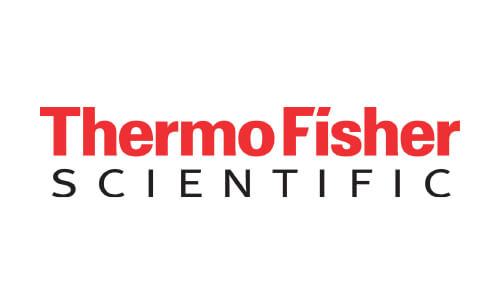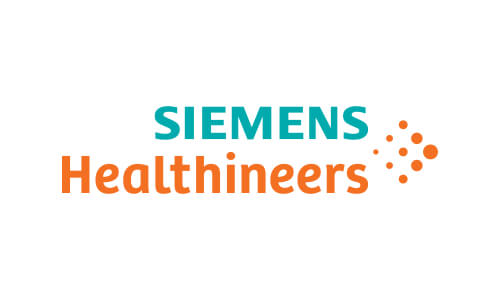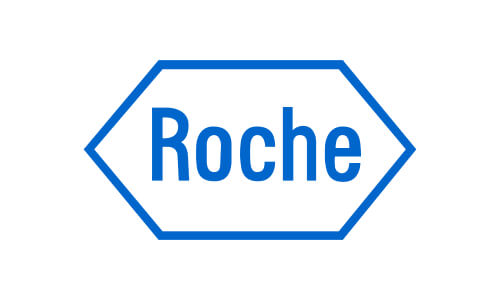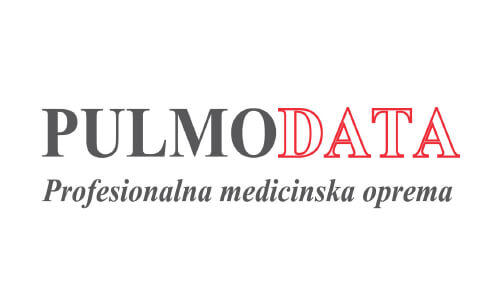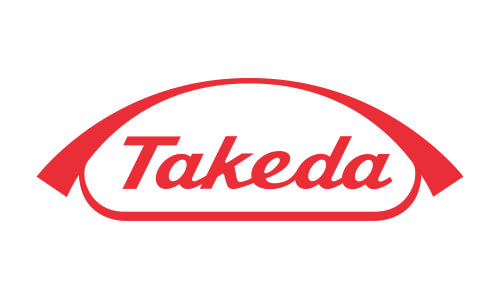How to estimate kidney function in 2023
In practice, GFR is estimated (eGFR) from endogenous marker concentrations. However, current eGFR approaches still lack accuracy. Conversely, exogenous marker clearance, i.e., measured GFR (mGFR) is the most accurate method for evaluating kidney function; however, standardized protocols are lacking. Inulin clearance has been considered the reference method for determining mGFR. Given the limitations of serum creatinine and inulin, non-radioactive and radioactive exogenous mGFR markers are the most accurate options for evaluating GFR. However, mGFR procedures are complex and have a degree of error. Limited Cr- ethylenediamine tetraacetic acid availability, lacking certified reference iohexol (off-label IVD) materials, and lacking uniform protocols all question the merits of mGFR methods as a golden standard for evaluating kidney function. Furthermore, regulatory issues are narrowing the clinical use of mGFR. In children, the modified Schwartz equation can only be used in combination with enzymatic creatinine assays, and thus there is a growing tendency to apply cystatin-C-based approaches in pediatric nephrology.Creatinine-based eGFR equations have their limitations, particularly regarding imprecision. Creatinine-based equations have lower accuracy in ethnic groups other than white and Afro-American groups. Cystatin C is an alternative: eGFR has a higher accuracy than that of eGFR and eGFR. Cystatin C equations perform as well as the CKD-EPI 2012 equation. The combined equation is not independent of eGFR and requires specifying ethnicity. The CKD-EPI 2012 eGFR equation can be used without specifying ethnicity but is not more accurate than the CKD-EPI 2009 eGFR equation. Despite newer American recommendations, the European Federation of Laboratory Medicine still adheres to this equation.
Celoten prispevek

